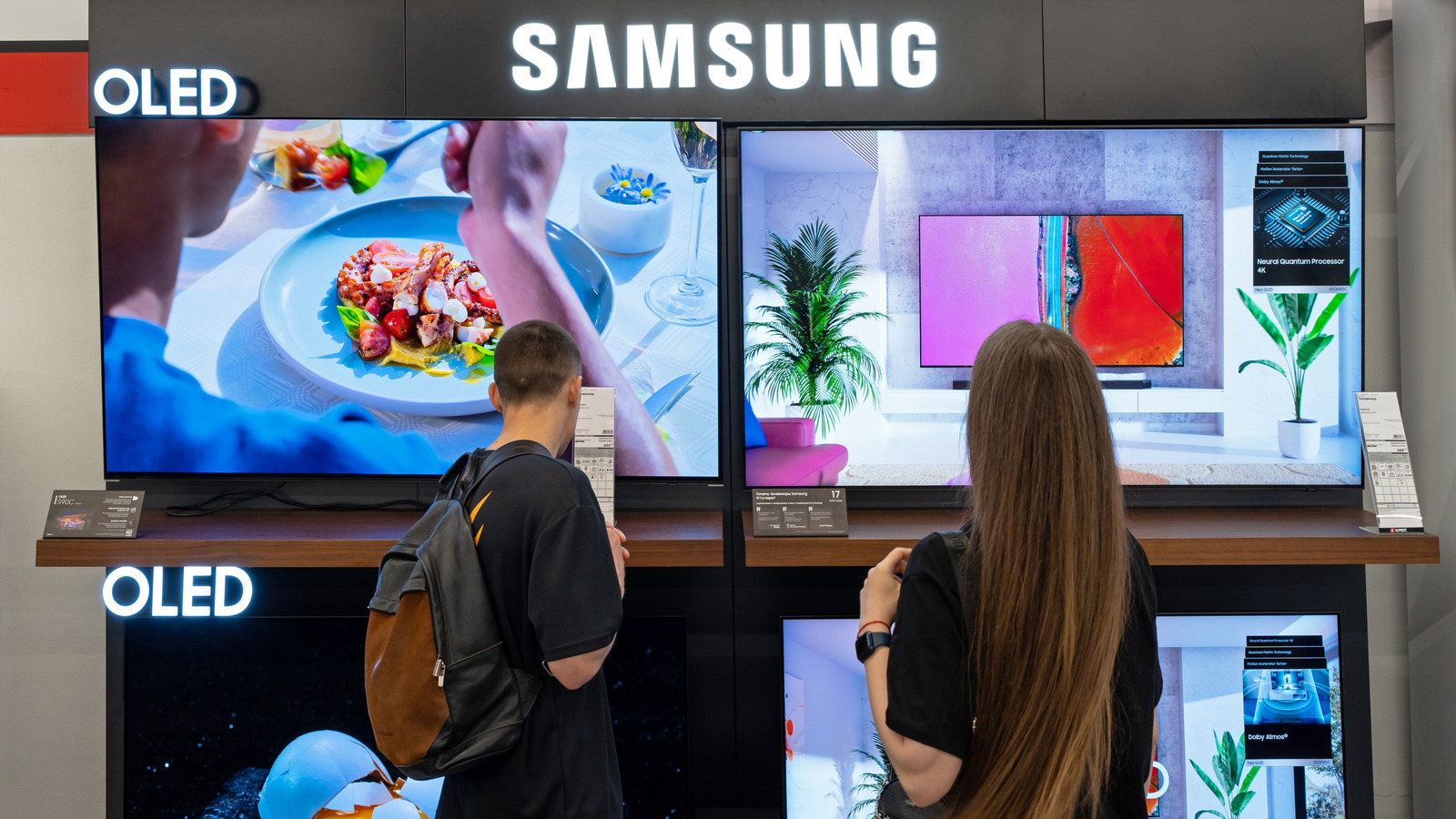Last week the Microsoft Azure HBv5 instances reached general availability as powered by the custom EPYC 9V64H CPUs with HBM3 memory. These very interesting EPYC processors for memory bandwidth intensive workloads were announced last year while have finally reached GA with jaw-dropping results for software able to take advantage of the 6.7 TB/s memory bandwidth thanks to the HBM memory. The Azure HBv5 benchmarks last week showed how they compare to prior generation HBv4 instances while this article is taking things further and putting the performance into perspective against the older HBv2 and HBv3 instances.
Microsoft’s Azure HB-series virtual machines are designed for memory bandwidth intensive workloads and HPC applications like fluid dynamics, finite element analysis, and similar high performance computing workloads. The HBv2 series launched back in 2019 and powered by EPYC 7002 “Rome” processors at the time using the EPYC 7V12 processor with 120 vCPUs at the top-end. In 2022 was then the launch of the Azure HBv3 series powered by EPYC 7003 “Milan-X” processors with the 3D V-Cache enabled EPYC 7V73X SKU and again allowing up to 120 vCPUs at the top-end of their virtual machine line-up. One year later in 2023 was then the introduction of Azure HBv4 powered by Genoa-X with the EPYC 9V33X model and allowing up to 144 vCPUs per virtual machine. Now reaching GA this month is Azure HBv5 that is still based on Zen 4 but featuring the custom design with HBM3 high bandwidth memory with the EPYC 9V64H processor and up to 368 vCPUs.
For showing this evolution of AMD EPYC HPC performance in the cloud and specifically how the Azure HB-series VMs have evolved over the past six years (HBv2 debuting in 2019), today’s article is looking at the performance benchmarks of HBv2, HBv3, HBv4, and HBv5 top-end virtual machines for each generation. Fresh benchmarking across each generation and all benchmarks freshly conducted using Ubuntu 24.04 LTS with the Linux 6.14 kernel and GCC 13 compiler.
Thanks to Microsoft for providing the free access to these different instances for being able to carry out this long-term comparison of the different Azure HB-series VMs. Due to the tight operating environment of today’s web industry and rampant ad-block use, without that free access such testing/content wouldn’t have been possible.
As mentioned in the prior Azure HBv5 article, yes, EPYC Zen 5 “Turin” is the very latest server CPU design from AMD. Currently there isn’t any Zen 5 with HBM3 or Zen 5 HB-series VM in general. But for those wondering how the EPYC 9V64H CPU with HBM3 memory compares to the latest AMD EPYC 9005 series processors, in a separate article I will be running some comparison benchmarks against bare metal AMD EPYC 9005 processors to Azure HBv5.










